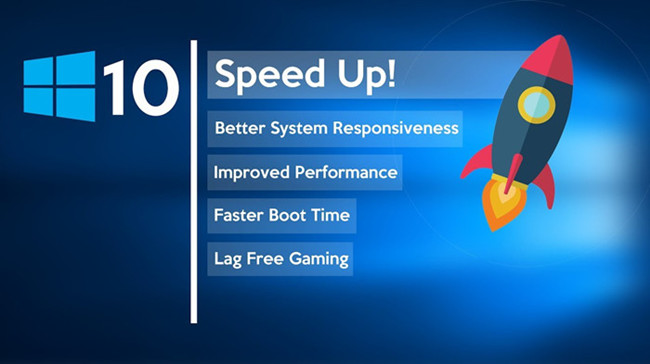What Is Prizmatem?
Prizmatem is an advanced transparent composite material that integrates silica micro-prisms into a clear polymer matrix, enabling precise light control while maintaining high transparency and durability.
It serves as a smart, lightweight alternative to glass, capable of:
- Redirecting sunlight
- Reducing glare
- Filtering UV rays
- Enabling advanced AR and optical applications
Unlike traditional glass, Prizmatem is lightweight, shatter-resistant, and customizable, unlocking opportunities in architecture, electronics, green energy, automotive, and medical device industries.
How Does Prizmatem Work?
Micro-Prism Architecture
Prizmatem embeds microscopic prisms that:
- Bend and redirect incoming light at specific angles
- Diffuse light to reduce glare
- Filter UV and infrared rays for thermal management
UV-Cured Transparent Polymer Matrix
A clear, durable polymer holds the prisms in place while:
- Retaining over 90% light transmission
- Providing shatter resistance
- Offering UV and weather resistance for outdoor applications
Customizable Optical Properties
Manufacturers can adjust:
- Prism density and size
- Prism orientation for specific light pathways
- Surface coatings such as anti-fog, scratch resistance, and anti-reflective layers
Key Features and Benefits of Prizmatem
- High optical clarity comparable to optical-grade glass
- Lightweight for easier handling and reduced structural load
- Shatter-resistant, enhancing safety in various environments
- UV and thermal control to reduce heat transfer while allowing natural light
- Environmentally friendly, made with recyclable, halogen-free polymers
- Cost-effective for many advanced applications compared to precision glass
Applications of Prizmatem
| Industry | Applications | Benefits |
|---|---|---|
| Architecture | Smart windows, daylight panels, skylights | Natural lighting, energy efficiency |
| Consumer Electronics | AR/VR optics, HUD screens, camera lenses | Lightweight, high clarity |
| Automotive & Aerospace | HUDs, lightweight windows, light guides | Impact resistance, weight reduction |
| Medical Devices | Endoscope lenses, transparent covers | Clarity and safety |
| Green Energy | Solar panels, greenhouse panels | Enhanced light capture, thermal control |
| Security & Defense | Blastproof transparent shields, camouflage panels | Safety, optical adaptability |
Environmental Impact of Prizmatem
Prizmatem utilizes low-energy UV curing during manufacturing, reducing its carbon footprint. Its lightweight nature reduces transportation emissions, and the use of recyclable, non-toxic polymers supports environmentally conscious production and disposal.
Cost and Manufacturing Insights
Price Range: Typically ranges between $20 and $45 per square foot, depending on prism density, polymer quality, and coating requirements.
Manufacturing Process:
- Silica micro-prisms are dispersed within a liquid polymer resin
- The resin is molded or cast into the required shape and thickness
- UV curing hardens the structure while securing the micro-prisms
- Additional surface coatings can be applied as needed
Advantages of Prizmatem Over Traditional Glass
| Prizmatem | Traditional Glass |
|---|---|
| Lightweight and shatter-resistant | Heavy and prone to shattering |
| Customizable light control | Limited manipulation without additional films |
| Easier handling and installation | Requires heavy equipment |
| Better thermal and UV management | Limited without coatings |
| Can be formed into complex shapes | Difficult and costly to shape |
Challenges and Limitations
- Higher initial costs compared to basic acrylic and glass
- Precision engineering is required for micro-prism alignment
- Long-term UV durability testing is needed for specific applications
- Regulatory certifications are required for medical and defense uses
Future Innovations in Prizmatem Technology
- Development of smart prism surfaces for adaptive privacy glass and smart windows
- Integration of transparent electronics for AR and HUD displays
- Creation of biodegradable or fully recycled variants for sustainability goals
- Advanced coatings offering self-cleaning and anti-bacterial properties
Frequently Asked Questions
Is Prizmatem stronger than glass?
Prizmatem is more impact-resistant and shatter-resistant than glass, making it safer in many environments, though it is not as hard as tempered glass.
Can Prizmatem be used in solar and greenhouse panels?
Yes, Prizmatem can redirect and diffuse light to improve solar panel efficiency and manage heat and light distribution in greenhouses.
Is Prizmatem environmentally friendly?
Prizmatem is manufactured using recyclable, non-toxic polymers and consumes less energy during production, making it environmentally friendly compared to many glass alternatives.
Can Prizmatem be customized for different projects?
Yes, manufacturers can adjust the density, orientation, and coatings of the micro-prisms within Prizmatem to achieve specific goals, including glare reduction, UV filtering, or light focusing.
How does Prizmatem improve AR/VR and HUD applications?
Prizmatem enables lightweight, clear, and durable lenses and screens with precise light control, enhancing clarity and user experience in AR glasses, VR headsets, and automotive HUDs.
Final Thought
Prizmatem is redefining what is possible with transparent materials, combining lightweight construction, advanced light control, and environmental sustainability. It is an ideal material for industries requiring clarity, safety, and performance while seeking sustainable and modern solutions.
For projects that demand innovation in light management and material efficiency, Prizmatem offers a future-focused, practical solution for engineers, designers, and industry leaders.





